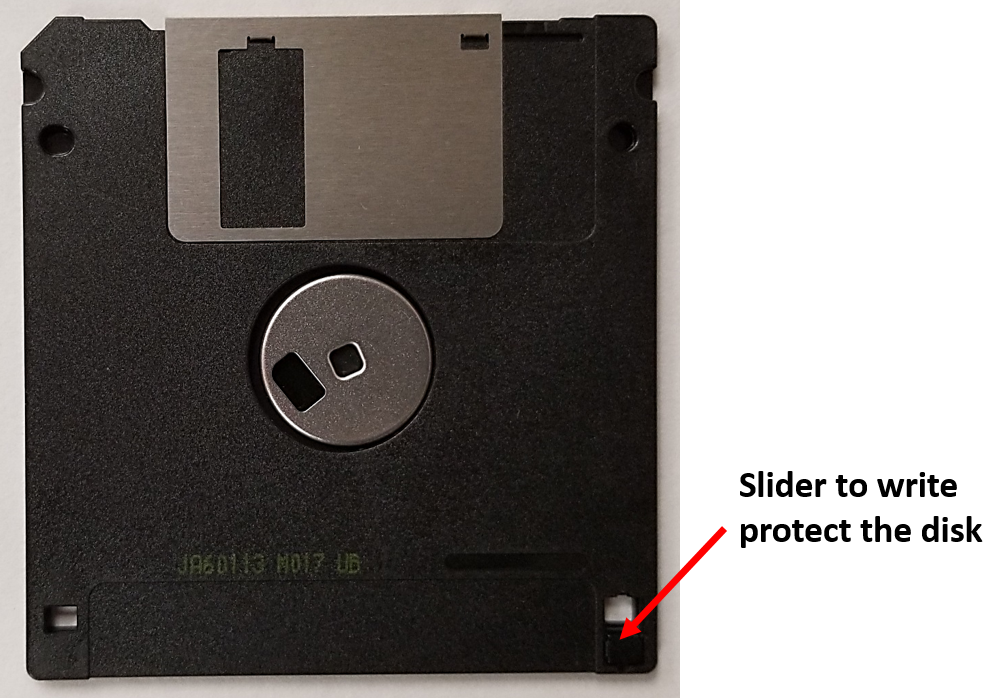
The driver exposes command-level access to the µPD765a floppy disk controller, making it possible to read/write many non-standard and copy-protected disk formats. System Requirements Windows 2000 or later, either 32-bit or 64-bit (x64).
From inside Vista do a full format of a floppy disk, this is necessary to set the boot sector of the floppy to look for the Vista boot file, (don't create MS-DOS startup disk). Copy just the bootmgr and BCD files from the root of Vista onto the floppy. I remember in XP there were times where you need a floppy drive to create book disk ( If I am not wrong ). Virtual Floppy Drive is the program which can handle these situations for you by installing a Floppy Disk on your computer and will show along with Other Drives. This is similar to Adding a Virtual CD or DVD drive to your drive. Open the Device Manager through the start menu, for example. Unfold the option Disk drives and Universal serial bus controllers. The floppy drive must be found in one of these two sections. Next, you right-click on the floppy drive, you click on ' uninstall the device ' and restart the PC.
Now, Last and you are not going to like this, Floppy Disks only have a life expectancy of about 3 years. If you disk is older than this then chances are you may have some data loss. I feel your pain if this is the case because I just recently went back to some of my old Archive CDs which where 10 years old and refreshed them to new CDs because I knew their shelf life was almost up and I ran into a couple that had lost some files I wanted to keep.
So I said all of that just to say don't get your hopes up but here is some sites that may help you..
Be aware this kind of data retrieval is done by experts and may be a little over your head. You may want to take the disk to a data retrieval company.
You may have to setup a Linux box for this because there are more tools out there for Linux.
Reading Floppy Disk images in Windows 10 (and running the software within!)
Introduction
Just recently I upgraded one of my computers from Windows 7 to Windows 10. The upgrade went smoothly except for 1 problem. I often need to run and or/check old MS-DOS software in floppy disk images. In Windows 7 I would use Virtual PC 2007 to do this. Problem was, Windows 10 doesn't support Virtual PC 2007. I tried various workarounds like this one, but they didn't work for me.
I went searching for alternatives. There are certainly virtualisation alternatives around, but many seemed too industrial from my kind of use (e.g. VMWare Workstation, which was only available for 64-bit environments), and/or they didn't support floppy disk images. Finally I found one that did..
Oracle VM VirtualBox
This seems to deliver the goods. It's simple to use, intuitive and has floppy disk image support that handles *.vfd and *.ima formats, both of which I create and use with Winimage.
Figure 1. Choosing a disk image in an MS-DOS machine in VM VirtualBox
MS-DOS seems to be the simplest OS that VM VirtualBox supports and there are no 'Guest additions' or extension packs for it..but at least it provides 3.5 inch floppy disk support which is what I was looking for. Huzzah!
In fact, since I first published this, I've managed to get all these OS packages running in my VirtualBox:
- MS-Dos 6.22
- Windows 3.11
- Windows 95
- Windows 98
- Windows NT SP6
- Windows 2000
- Windows XP SP3
- Windows 7 SP1
Free download program microsoft office legal form templates. A Windows environment for every occasion!
How To Read Floppy Disk
What if I want to just write files to and from a floppy disk image?
There are a few solutions for this. One is Winimage. If you want to have a floppy drive image attached to your modern OS though and have software interact with it, ImDisk is a good choice. It creates a virtual drive and assigns a letter to it. Not only can it read 'PC-type' floppy images but also CD-ROMS and hard drives.
Floppy Disk Drives
Figure 2. Attaching a disk image in ImDisk
Last word
So, if running intel-based software from floppy disk images in a 32-bit Windows 10 environment is a problem for you, Oracle VM VirtualBox (at least at the time of writing) seems to solve it. If you just want to move files, try Winimage. If you want the OS and programs to interact with your disk image then ImDisk will do the job.
Tez
30th March, 2018
Revised, 27th April, 2018
2nd Revision, 4th December, 2018 (mentioned ImDisk).
